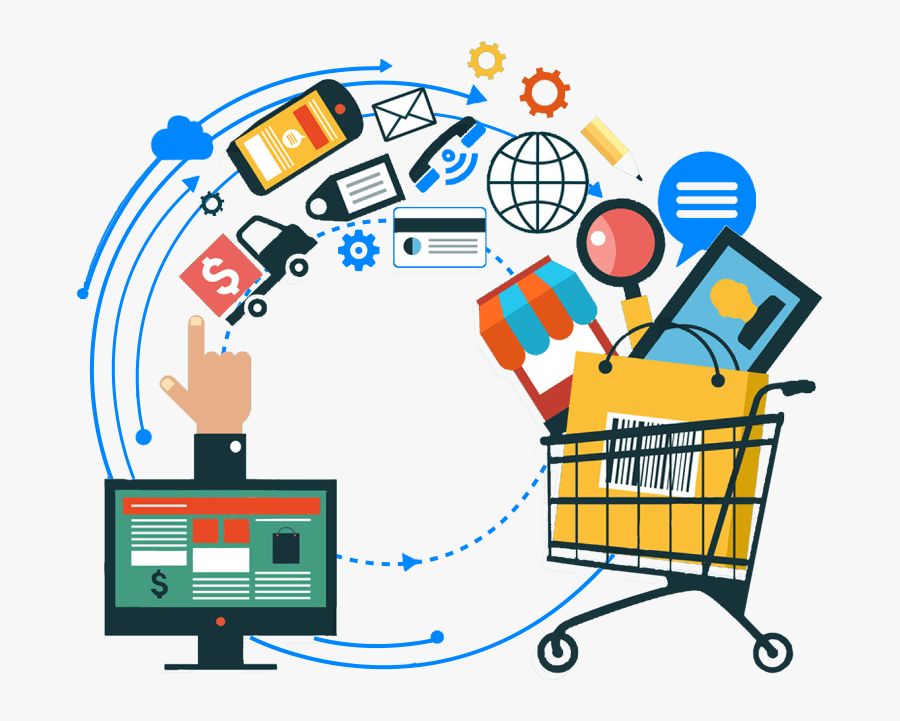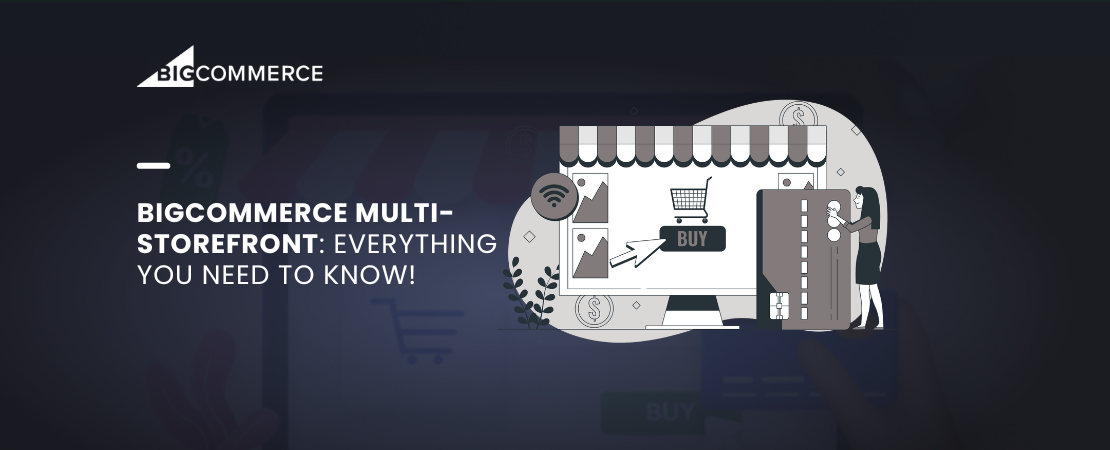Unleash the Power of Customization Using BigCommerce Storefront APIs
In the rapidly evolving world of e-commerce, product pages serve as dynamic battlegrounds where brands vie for attention, engagement, and conversions. While BigCommerce provides a robust platform with built-in features, unlocking the full potential often requires an extra edge. Enter BigCommerce Storefront APIs, the key to crafting captivating product pages that align with your unique brand vision.
The Foundation: BigCommerce Storefront APIs and GraphQL
BigCommerce’s Storefront APIs and GraphQL empower developers to create custom experiences that captivate and convert. Let’s delve into the technical intricacies of these tools, focusing on the real power they provide.
Read Also: BigCommerce Multi Storefront: Everything You Need to Know!
Beyond the Ordinary: What Storefront APIs Enable
Gone are the days of generic, one-size-fits-all product pages. Storefront APIs open up a world of possibilities, offering:
1. Seamless Cart Interactions using GraphQL Mutations:
Simplify the cart interaction process by utilizing GraphQL mutations.
Below is a snippet for adding items to the cart:
mutation { addToCart(input: { productId: "your_product_id", quantity: 1 }) { cart { id items { id name quantity price } } } }
This mutation allows you to add a specified quantity of a product to the cart and retrieve relevant cart details. You can extend this functionality to include options for variant selection, gift messages, and more.
2. Augmenting Product Content:
Enhance your product pages by injecting custom content blocks using Stencil Theme.
Below is a snippet demonstrating how to integrate a 360° product spin:
// Stencil Theme Custom Component
import React from 'react';
const Product360View = ({ images }) => {
// Implement your logic for 360° view here
return (
<div className="product-360-view">
{/* Render 360° product spin */}
{images.map((image, index) => (
<img key={index} src={image} alt={`Frame ${index}`} />
))}
</div>
);
};
export default Product360View;
You can customize the Product360View component to suit your specific needs, integrating interactive size guides or user-generated content as required.
3. Dynamic Data Fetching with GraphQL:
Harness the power of GraphQL to fetch real-time data and enhance your product pages with dynamic information. Here’s an example query for fetching product details, inventory status, and pricing:
query { product(id: "your_product_id") { id name description inventory { status quantity } pricing { regularPrice discountPrice } } }
This query allows you to request specific details about a product, including its name, description, current inventory status, quantity available, and pricing information.
Putting It All Together: Creating a Custom Product Configurator
Let’s bring these concepts together to create a product configurator. Imagine allowing users to customize furniture with different fabrics, colors, and leg styles:
// Stencil Theme Custom Component import React, { useState } from 'react'; const FurnitureConfigurator = () => { const [selectedFabric, setSelectedFabric] = useState(''); const [selectedColor, setSelectedColor] = useState(''); const [selectedLegStyle, setSelectedLegStyle] = useState(''); // Implement logic for updating selected options and triggering API calls return ( <div className="furniture-configurator"> {/* Render option selectors and update state on user interaction */} {/* Implement logic for fetching and displaying real-time visualizations */} </div> ); }; export default FurnitureConfigurator;
This component sets the foundation for a furniture configurator where users can select different options, triggering API calls to update the visual representation in real-time.
Real-world Examples: Elevating Your E-commerce Game
Let’s explore some real-world examples to illustrate the power of Storefront APIs and GraphQL:
Product Configurator:
Imagine a furniture store where shoppers can customize sofas with different fabrics, colors, and leg styles, all visualized in real-time. The possibilities extend to clothing, electronics, and beyond.
Here’s how you can approach the implementation:
// Stencil Theme Custom Component // Extend the Furniture Configurator component to handle dynamic customization options
Interactive Product Pages:
Utilize GraphQL mutations for interactive features such as adding items to the cart. Implement real-time updates for product availability and pricing:
mutation { addToCart(input: { productId: "your_product_id", quantity: 1 }) { cart { id items { id name quantity price } } } }
Personalized Product Recommendations:
Leverage shopper data and advanced algorithms to suggest relevant products on each page. Think “customers who bought this also loved…” or “complete the look with these accessories.” Incorporate GraphQL queries for personalized recommendations:
query { recommendedProducts(userId: "user_id") { id name price // Additional product details } }
These examples are sparks to ignite your imagination. With Storefront APIs and GraphQL, the only limit is your creativity.
A Word of Caution: Navigating Challenges
While the power is undeniable, keep in mind:
Complexity Overhead: Building custom experiences demands technical expertise. Be prepared to invest in BigCommerce development resources or partner with experienced agencies.
Performance Optimization: Dynamic data fetching and complex components can impact page load times. Prioritize efficient queries and optimize code to maintain a responsive storefront.
Theme Compatibility: Ensure your custom code integrates seamlessly with your chosen theme. Consider headless options for maximum flexibility.
The Future is Fluid: Embrace the Storefront Revolution
BigCommerce’s Storefront APIs and GraphQL represent more than just tools—they signify a paradigm shift. They empower developers to craft dynamic, data-driven, and truly unique product experiences that captivate shoppers and drive conversions. Dive in, explore the possibilities, and unleash your inner e-commerce mad scientist!
Remember, the key lies in combining technical prowess with creative flair to stand out in the competitive e-commerce landscape. Happy coding!
Read Also: BigCommerce Pricing Plans: How Much it Costs Vs Others



